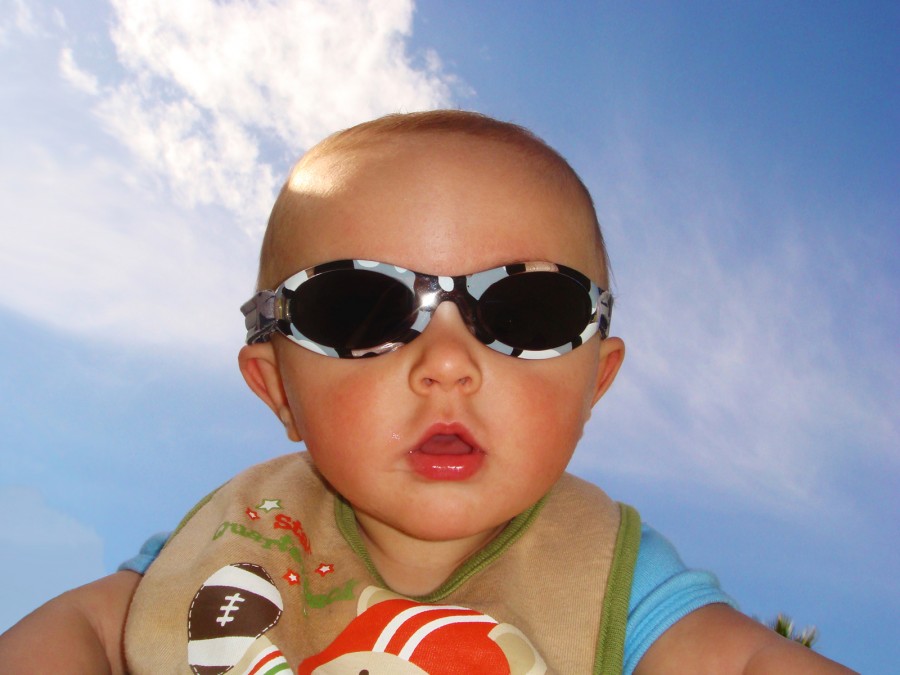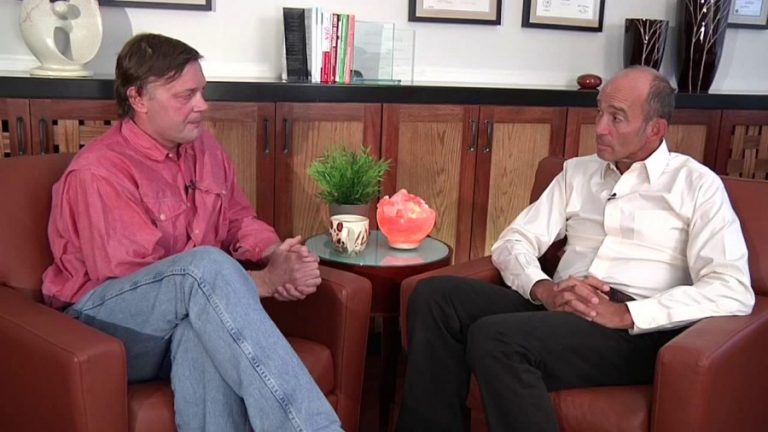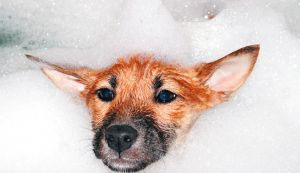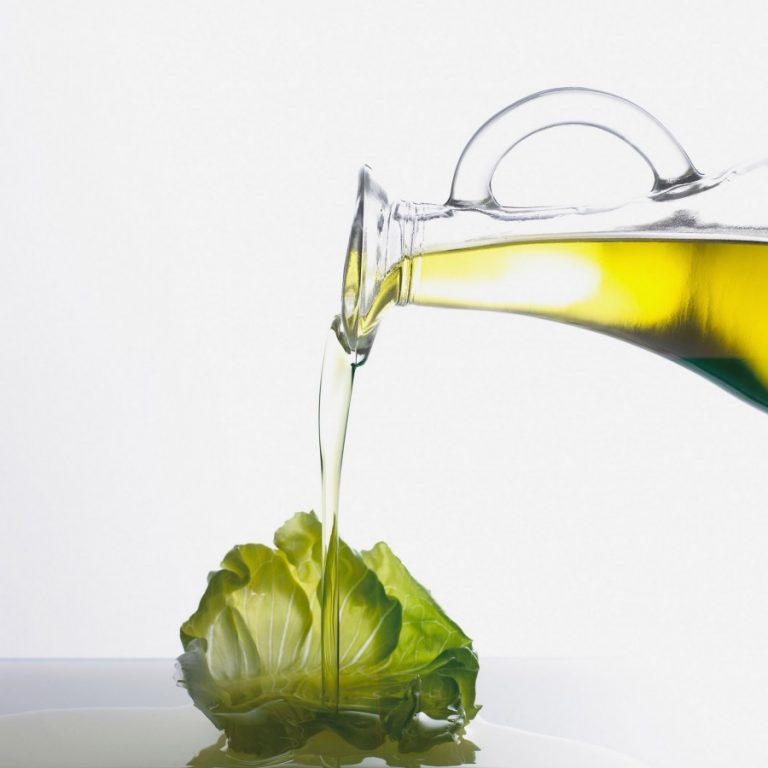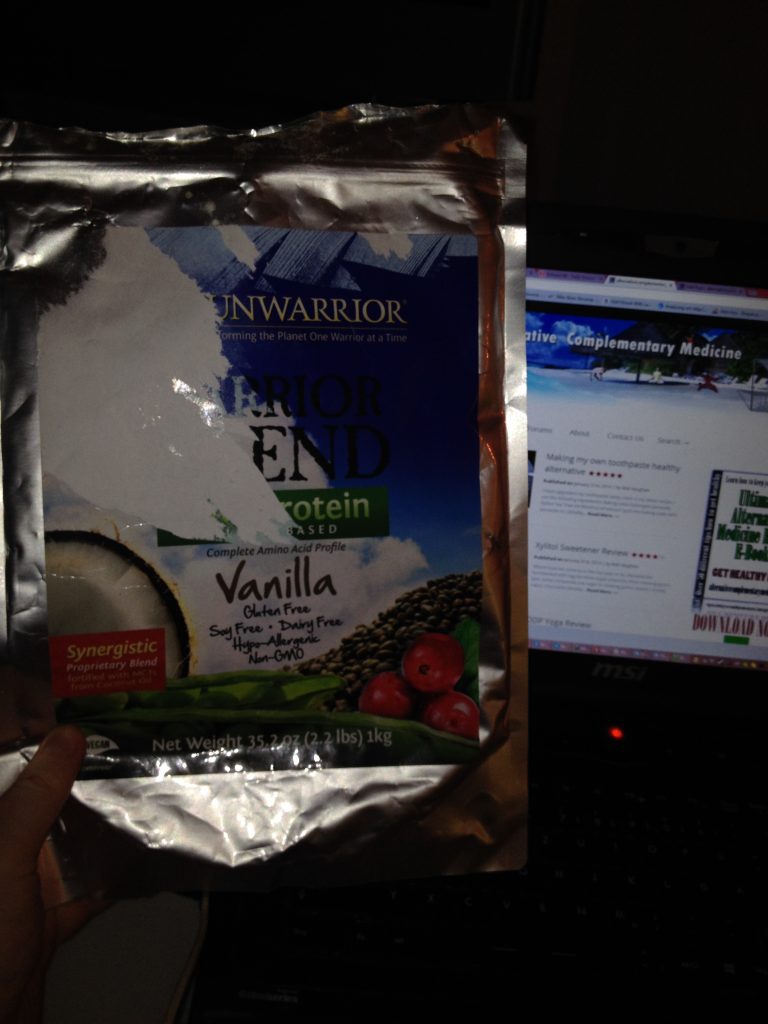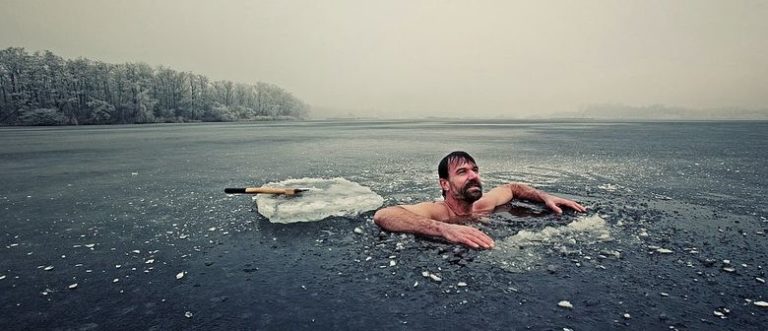Sun Protection – Important
Just found this great article, read it, it si important
source: http://www.chron.com/disp/story.mpl/life/style/6433965.html
If you’ve bought sunscreen lately, you may have noticed that 70 is the new 15.
We used to feel safe with sunscreen labeled SPF 15. We thought “sun protection factor” 15 meant we could stay in the sun 15 times longer than we could with no sunscreen at all.
We were wrong.
SPF numbers have less to do with time in the sun and more to do with the amount of harmful ultraviolet light making its way to your skin, according to the Food and Drug Administration. And now that SPF numbers are breaking into the triple digits — a handful of products boast a sun protection factor of 100 — the lowly SPF 15 sounds like a sunburn waiting to happen.
So what gives?
“Buying a sunscreen with a high SPF is not as important as using enough sunscreen, getting it on all the places and reapplying when you need to,” saysDennis Hughes, a pediatric oncologist at the Children’s Cancer Hospital at the University of Texas M.D. Anderson Cancer Center. “People also forget that sunscreen doesn’t start working the minute you apply it. It takes up to 30 minutes. You should be applying it before you go outside.”
A hat is a good idea, particularly for men with thinning hair, Hughes says. And people with short hair must remember to put lotion on the tops of their ears, a vulnerable spot for sunburns and skin cancer.
Factoring for SPF
Many of Hughes’ patients are young people who have been diagnosed with melanoma, a skin cancer usually caused by too much exposure to the sun. Hughes teaches families good skin-care habits and fields plenty of questions about SPF numbers along the way.[image1_left]
“When people bring up SPF 70, the joke I make is that at a certain point you can just use latex paint — that way you’ll know when it washes off,” Hughes says. “Is 70 different from 45? In a lab, absolutely. But if you look at the Web sites maintained by organizations that care about this, like the American Academy of Dermatologists, they never talk about anything higher than 15. Once you’re above 15, you’re blocking a big fraction of the sun’s rays.”
SPF numbers are often misinterpreted. If you feel like doing the math, Hughes says, think of the SPF number as X times more coverage than no sunscreen at all. To figure out the percentage of harmful rays that SPF 15 absorbs, he says, divide 14 by 15. For SPF 30, divide 29 by 30. And so on.
You’ll discover that SPF 15 blocks about 93 percent of the UVB (ultraviolet B) rays that cause sunburns. SPF 30 absorbs nearly 97 percent of those same rays. SPF 50, 98 percent. By the time you get to SPF 70 or 100, the difference in absorption is quite small.
Hughes recommends SPF 30 for people with sun-sensitive skin. The Skin Cancer Foundation recommends at least SPF 15.
Thin skin
For the extra-sensitive areas around the eyes, where the skin is thin and particularly prone to sunburn and wrinkling, people may want to increase their protection, dermatologists say.
Try applying a lip balm with SPF around the eyes, says Carol Drucker, an associate professor in M.D. Anderson’s dermatology department. The waxy texture stays in place and does not bleed into this sensitive area.
Another option: Apply a good mineral-based sunscreen around the eyes since chemical-based sunscreens can cause irritation, says Susan Chon, another assistant professor in M.D. Anderson’s dermatology department.
The effectiveness of any sunscreen depends on individual factors, including how much sunscreen someone uses, the time of day when a person is exposed to the sun, the time of year and how much a person sweats.
Neutrogena, which has introduced products with SPFs of 85, 90 and 100+, claims that most people apply less than the dermatologist-recommended 1 ounce of sunscreen to exposed areas of their bodies. (An ounce, by the way, is enough to fill a shot glass.) Under application can result in far less coverage than the SPF promises. Even with a high SPF, Neutrogena recommends reapplying sunscreen every two hours.
Neutrogena, which has introduced products with SPFs of 85, 90 and 100+, claims that most people apply less than the dermatologist-recommended 1 ounce of sunscreen to exposed areas of their bodies. (An ounce, by the way, is enough to fill a shot glass.) Under application can result in far less coverage than the SPF promises. Even with a high SPF, Neutrogena recommends reapplying sunscreen every two hours.
For Hughes, it’s important to pick a sunscreen you like.
